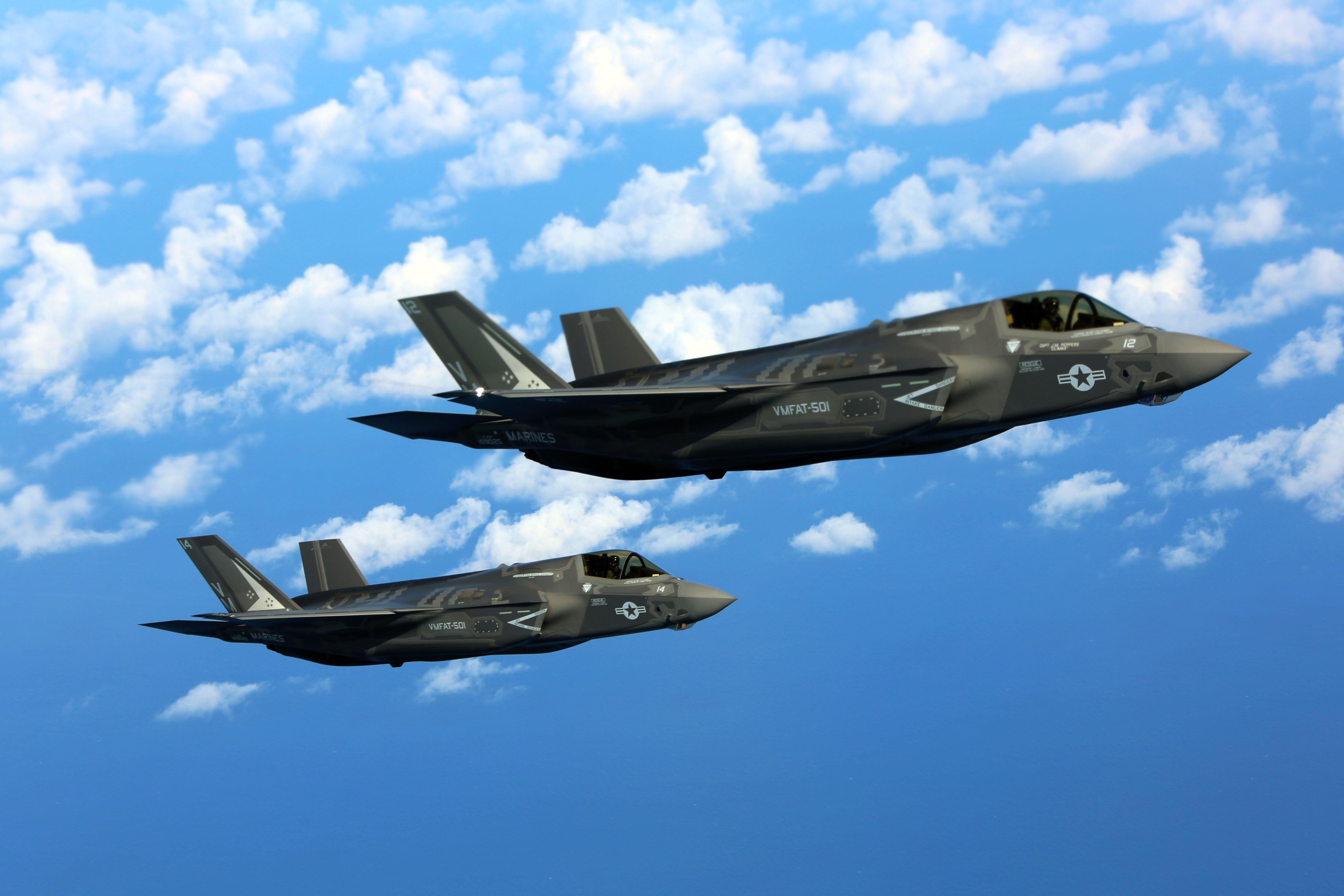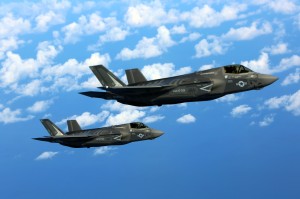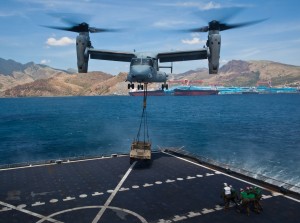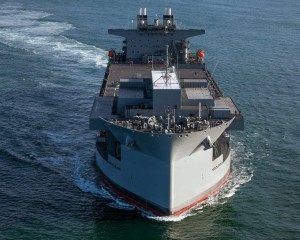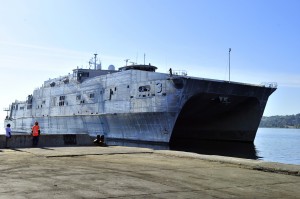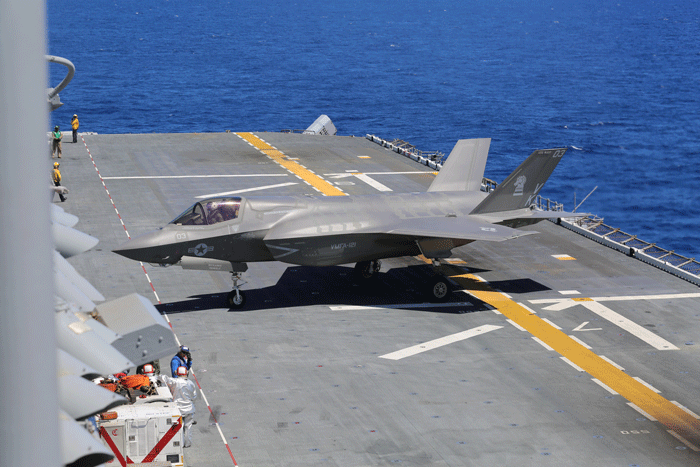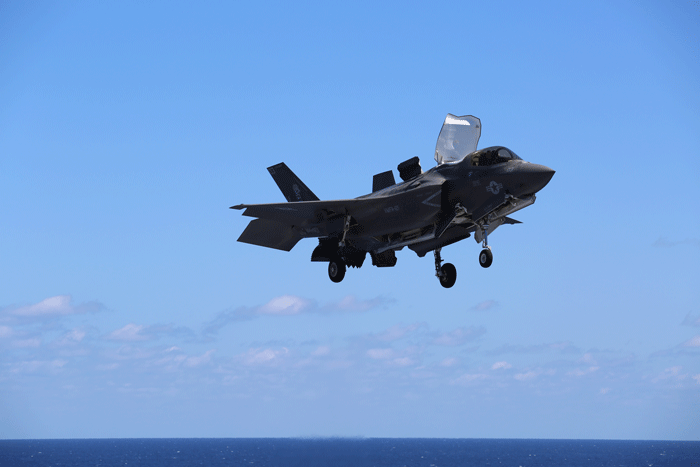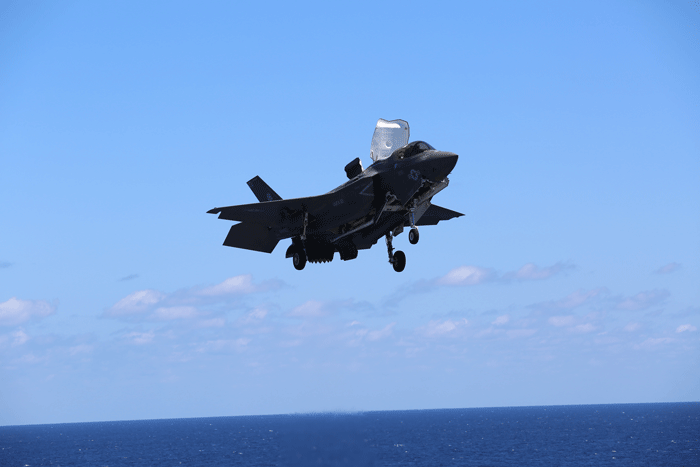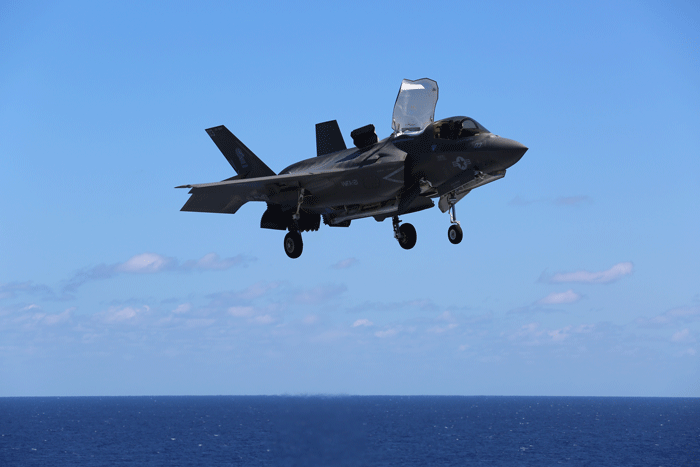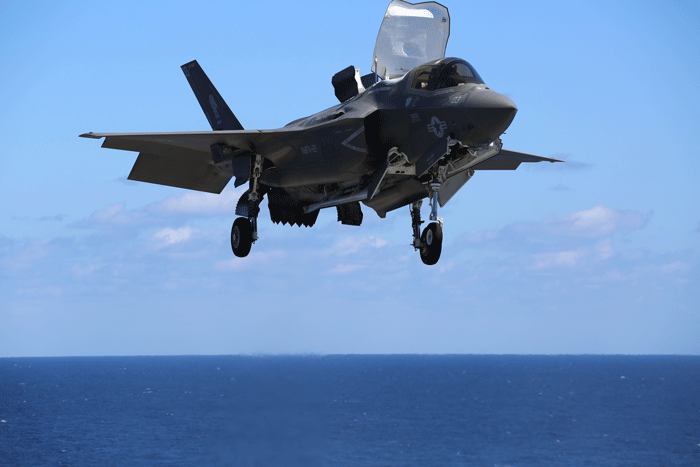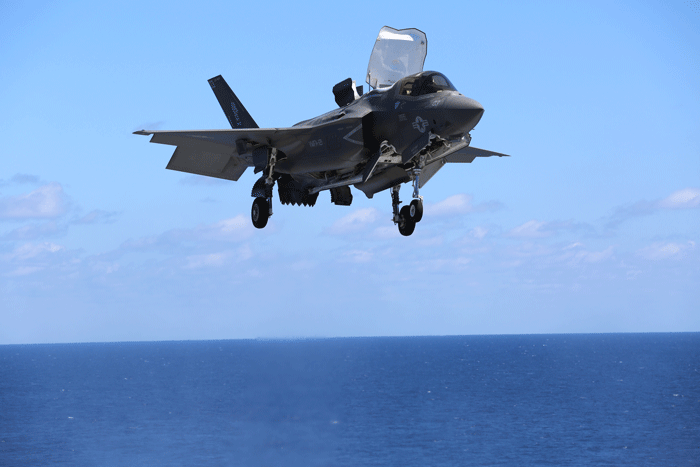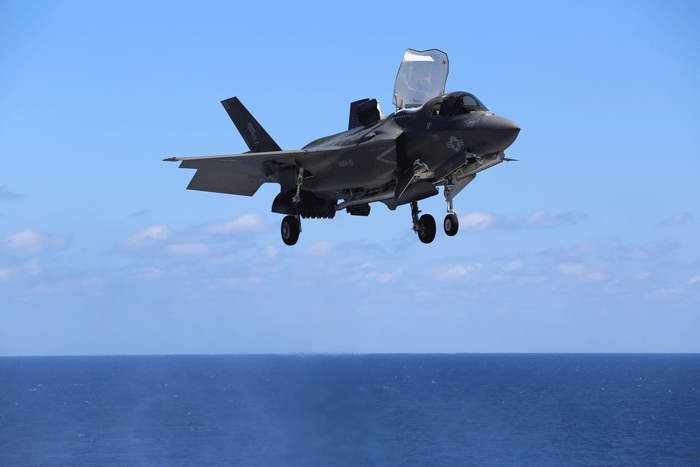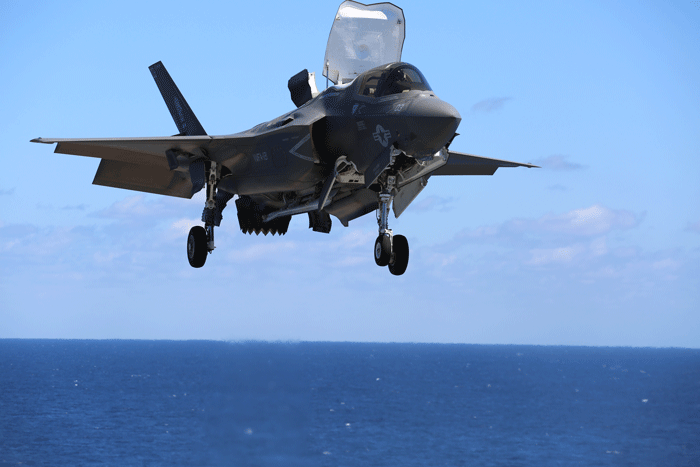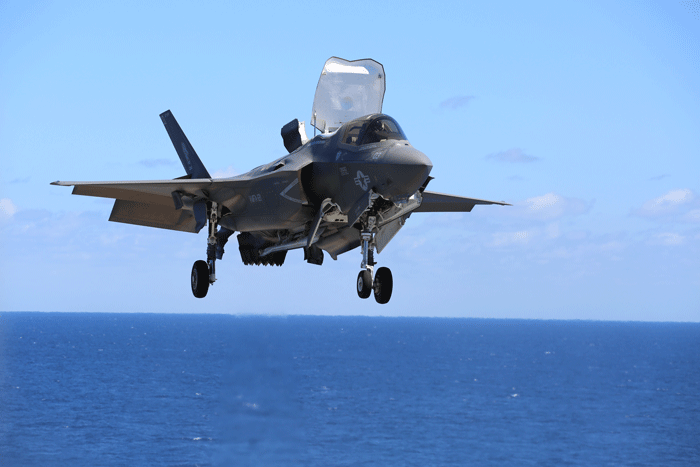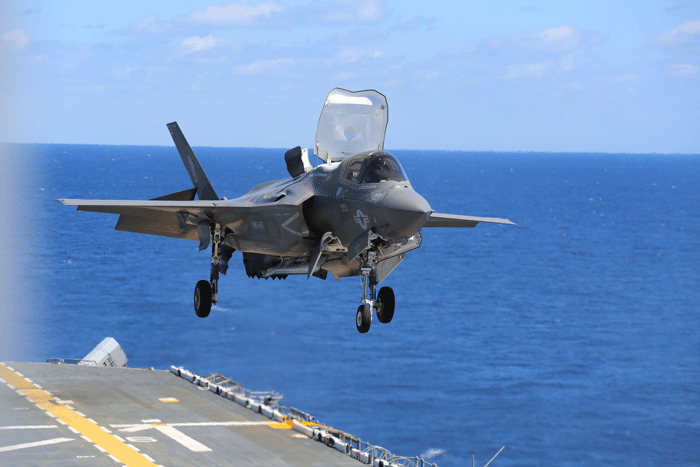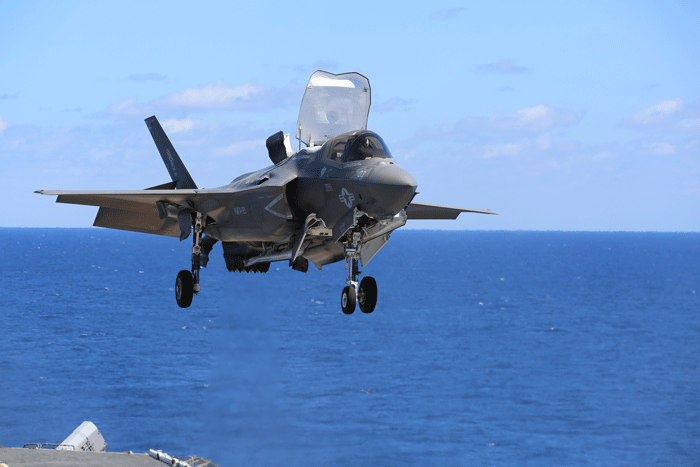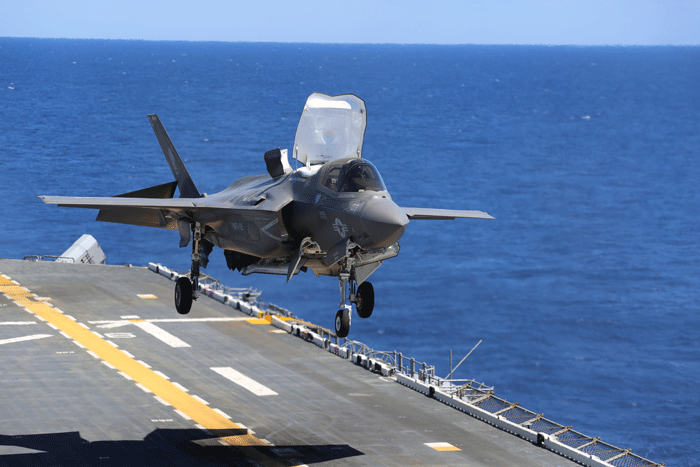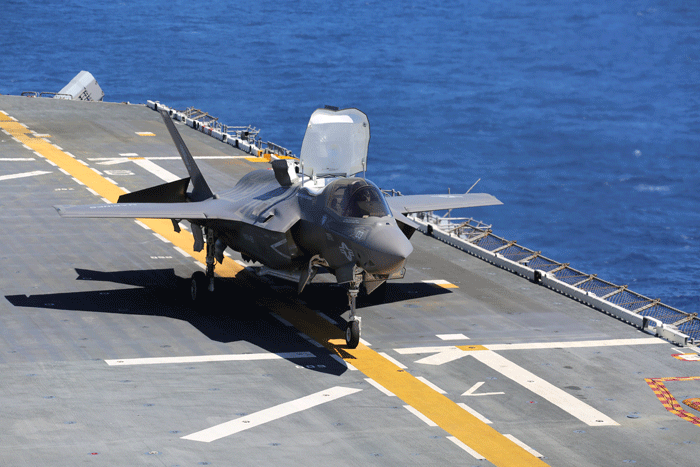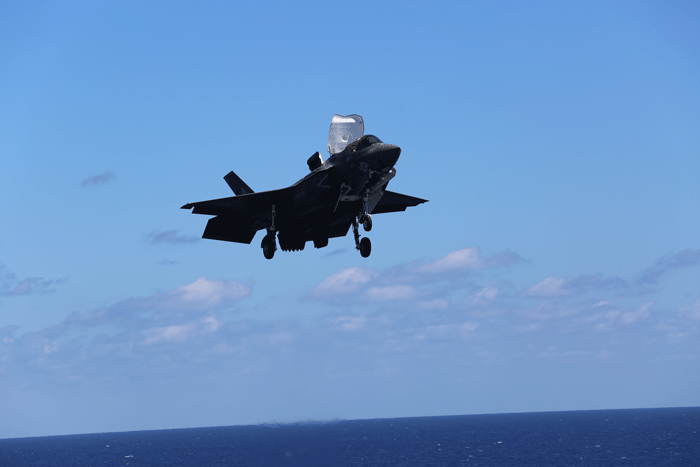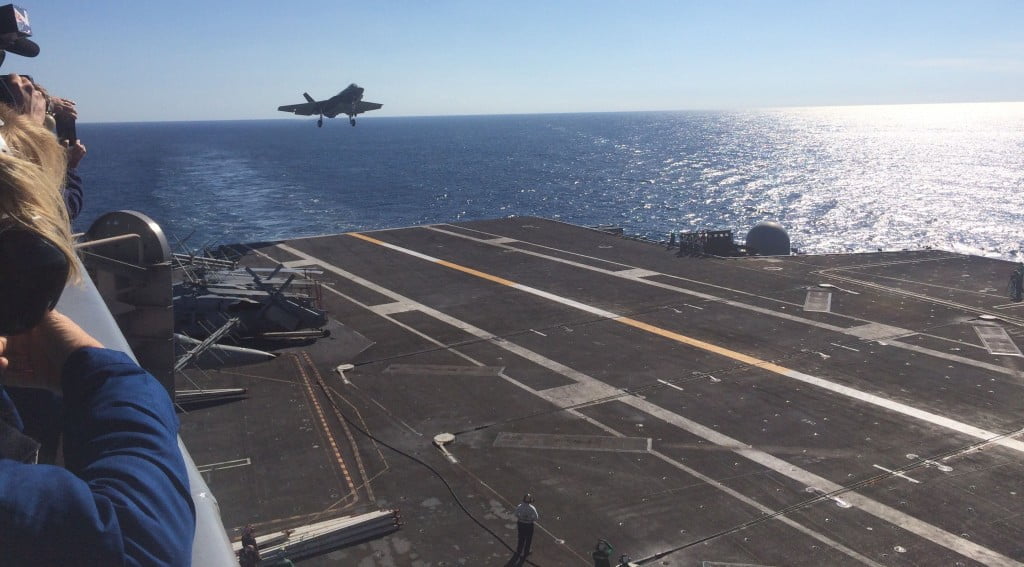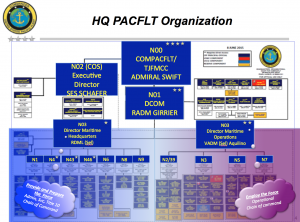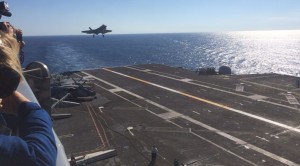2015-08-13 By Robbin Laird
Last year I visited MARFORPAC, and interviewed the staff and the then head of MARFORPAC, Lt. General Robling During my last visit, I focused on the broad strategic restructuring which the Marines were undergoing which they refer to as the distributed laydown.
The U.S. Marine Corps is in the throes of a significant shift in the Pacific in the disposition of its forces. Because two thirds of Marines are deployed to the Pacific, such a shift is a key event in shaping the Marine Corps stance in the decade ahead.
The demand to support distributed forces is rising and will require attention to be paid to the connectors, lifters and various support elements. Part of that demand can be met as allies modernize their own support elements, such as Australia and Singapore adding new Airbus tankers, which could be leveraged to support Marine Corps Ospreys as well as other aircraft.
Indeed, a key element of the distributed laydown of our forces in the Pacific is the fact that it is occurring as core allies in the region are reshaping and modernizing their forces as well as partners coming to the table who wish to work with and host USMC forces operating on a rotational basis with their forces. The military and political demands for the kind of forces that the Marines are developing also are what allies and partners want for their operations.
In turn, this drives up the importance of exercises in the Pacific with joint and coalition forces to shape new capabilities for the distributed force.
The distributed laydown, the evolution of the capabilities for distributed forces, the modernization of allied forces and the growing interest in a diversity of partners to work with the USMC are all part of shaping what might be called a deterrence-in-depth strategy to deal with the threats and challenges facing the United States and its allies in shaping a 21st-century approach to Pacific defense.
https://sldinfo.com/meeting-the-challenges-of-the-demand-side-of-the-distributed-laydown-in-the-pacific/
https://sldinfo.com/the-distributed-laydown-in-the-pacific-and-deterrence-in-depth-lt-general-robling-discusses-the-evolution-of-the-usn-usmc-team-in-the-pacific/
https://sldinfo.com/the-umscs-distributed-laydown-in-the-pacific-a-key-element-in-a-deterrence-in-depth-strategy/
https://sldinfo.com/the-usmc-shift-in-the-pacific-and-the-role-of-exercises-a-marforpac-perspective/
https://sldinfo.com/the-umscs-distributed-laydown-in-the-pacific-a-key-element-in-a-deterrence-in-depth-strategy/
https://sldinfo.com/the-marines-the-aussies-and-cross-cutting-modernizations/
https://sldinfo.com/challenges-in-pivoting-in-the-pacific-the-perspective-of-marforpac/
https://sldinfo.com/the-challenge-of-persistent-presence-in-the-pacific-an-interview-with-lt-general-robling/
In a visit to Hawaii on the way to Australia in late July 2015, I had a chance to sit down with Brigadier General Mahoney, Deputy Commanding General of U.S. Marine Corps Forces Pacific.
The key focus of discussion was on the evolving approach to shaping a coalition among amphibious nations in the Pacific, and the concurrent evolution of capabilities by the USN-USMC team with regard to their own amphibious capabilities under the twin impact of the Osprey and the coming of the F-35B to the fleet in the Pacific.
In May 2015, the Navy and the Marines hosted a first ever meeting of nations either with or aspiring to shape amphibious capabilities in the region.
“We just had the PACOM Amphibious Leaders Seminar here, PALS 2015, the first of its kind. Twenty-four countries either have an established capability, a burgeoning capability or an interest in amphibious operation. The PALS, the symposium I think was a great success just in folks who wouldn’t have ever talked to each other were now talking directly. We connected a matrix of people who now understand that there are other friends and capabilities out there that they can connect with. And I think we’re going to try and do that again next year.”
The clear focus of an emerging coalition is upon the application of amphibious capabilities to the 21st challenges posed in the Pacific region. How best to shape and use the tool sets provided by amphibious forces?
The May conference is an important step forward in shaping a narrative to craft a teaming approach for amphibious operations.
“One of the larger points in the evolving narrative is the teaming of force projection capabilities where the amphibious element is a core capability. It is not simply about amphibious ships being transport vessels; it is about reshaping forces to deal with 21st century operations.”
BG Mahoney discussed how under the concept of amphibious, there are very different notions at play, ranging from a transport and support fleet to a strike or force insertion fleet.
The term “amphbiosity” was used to express the broad umbrellas under which diverse notions of what kinds of amphibious forces a nation might wish to operate.
“What we learned during the, the PACOM Amphibious Leaders’ Symposium was what people understand and appreciate with regard to amphibiosity is sometimes completely different. There are close partners as well as some in our own joint force who in their mind’s eye really view amphibiosity as a floating a chow hall, an airfield, a hotel, and a mode of transportation; not a maneuver element, not a C4I node, not a presence effect.”
But clearly, the shortfall in amphibious ships, and support vessels, is of concern the Navy and the Marines.
“The demand side for Phase Zero operations in the Pacific is insatiable. And now we are in the process of distributing our presence among several different locations in the Pacific. Great, but how do we connect all of this into a true operational network? A challenge is that we do not have enough L-class ships; the Commandant and the CNO have made this point very clearly.”
[A U.S. Marine Corps MV-22B Osprey prepares to land on the flight deck of the Republic of Korea ship Dokdo (LPH 6111), at sea, March 26, 2015.]
When asked if investment could be increased where would he put it to deal with the demand rhythm and distributed operational requirements, the BG put it this way:
“Give me my 10th Amphibious Ready Group, and more L-class ships in the FDNF (Forward Deployed Naval Force). Then in teaming with PACFLEET, get after the job of dealing with the demands in the Indo-Asia-Pacific which is a growth industry.”
Given the high demand tempo, the Navy and Marines cannot wait around for the proper number of ships to show up, so the approach is to work a broader amphibious coalition and to work various pairings between grey hulls and MSC ships.
“I think that there’s a huge area under the curve to be exploited in experimentation and pairing, or combinations of, gray hull ships with other class ships. I know that in some quarters, that notion is blasphemy; it’s the proverbial slippery slope. But the fact of the matter, it is a practical reality that we need to explore capabilities in combining hulls like LMSR, TAK-E, AFSB, MLP, LCS, JHSV with that L-class ship and see what we can do with it, not assume what we can’t do with it.”
It should be noted that pairings do not make an MSC ship as capable as an L-class ship; but they do provide for greater operational sustainability and enablement of the L-class ship. In a discussion with the Navy, a senior Naval captain made a key point that pairing is crucial as long as one does not equate each member of the pair in terms of capability. A gray hull is neither an MSC ship nor does an MSC ship magically have the capabilities of an L-class ship.
The Osprey has been an element of disruptive change with regard to amphibious operations.
It has led to shaping a distributed operational capability for the classic three-ship formation for the ARG-MEU, and is enabling the USN-USMC team to connect to allied ships as well. Personally, I think it makes little sense for the USN to buy any combat ship which can not land an Osprey onboard, given its key role in connecting afloat or ashore assets seamlessly.
But the recent sale of the Osprey to Japan does raise the question of stepping up the game to support the Osprey globally.
“We’re becoming victims of our own success. Being good Marines we need exploit this success by considering and developing a true global logistic support network. Forward movement in our thinking about how to execute a seamless logistics laydown will maximize the capabilities of the airplane for us. We also need to get and keep other partners on board to matrix with us and also get into the support line.”
http://breakingdefense.com/2015/07/the-next-phase-for-the-v-22-osprey-build-global-support-like-c-17/
And the coming of the F-35B is an important force extender, but it is about leveraging the fleet, not simply operating a new aircraft.
“The F-35 is a hugely capable aircraft. But it clearly only starts there; I think the part that we really need to develop is how we can combine our integrated F-35 capabilities- whether it’s the Navy or the USAF or the Japanese or the Australians flying them, or any partner . And then linking all that capability together to shape an operational combat matrix with well-established TTPs.”
Shortly after I interviewed, the BG, the Commandant of the USMC declared the F-35B combat ready. I asked the BG to comment on this development as it related to his efforts in the Pacific.
[Ship integration operational testing of the F-35B aboard the USS Wasp. When visiting both PACFLEET and MARFORPAC, it is clear that these testw are about integrating the F-35B with the ship and with the ARG-MEU, not just about flying an airplane.]
“With IOC I hope we can stop talking as much about a platform and what it can do as airplane and continue hammer and tongs with the business of true 5th generation integration across the warfighting domains. Our ability, as a Naval Expeditionary Force, to sense, visualize and understand a hugely complex environment, with F-35 as a critical transformative enabler, carries a significant competitive advantage.”
In short, the Marines are leading the way in transforming the very meaning of amphibious operations.
We are only at the beginning of understanding what an F-35B and Osprey enabled amphibious fleet can do and might do; and with it the leavening effect such capability can have on the evolution of a Pacific amphibious coalition.
But one thing is certain: the MARFORPAC organization is crucially involved in shaping an evolving future.
Also see the following:
https://sldinfo.com/shaping-an-operational-strategy-in-the-pacific-an-interview-with-rear-admiral-john-aquilino/
https://sldinfo.com/combat-transformation-and-the-amphibious-force-a-pacfleet-marine-corps-perspective/
Multiple Osprey Flyoff of USS Bonhomme Richard from SldInfo.com on Vimeo.
06/27/2015: U.S. Marine Corps MV-22B Ospreys flight operations on the USS Bonhomme Richard (LHD 6), off of the coast of South Korea, April 2, 2015.
The aircraft are with Marine Medium Tiltrotor Squadron 262 (Reinforced), 31st Marine Expeditionary Unit.
The 31st MEU is the Marine Corps’ only continuously forward-deployed expeditionary unit and is prepared to respond to a wide range of military operations ranging from humanitarian assistance missions to limited combat operations.



